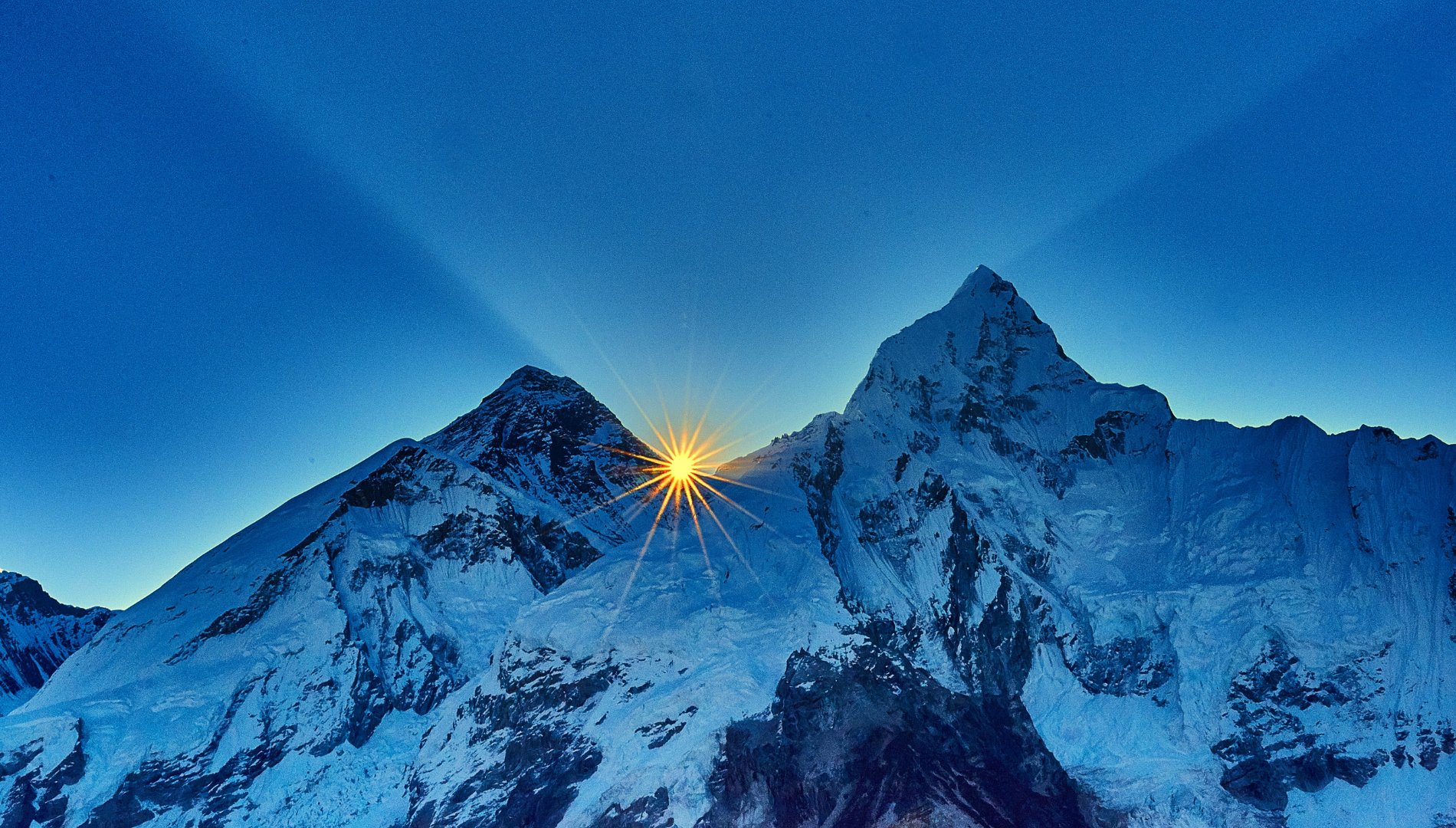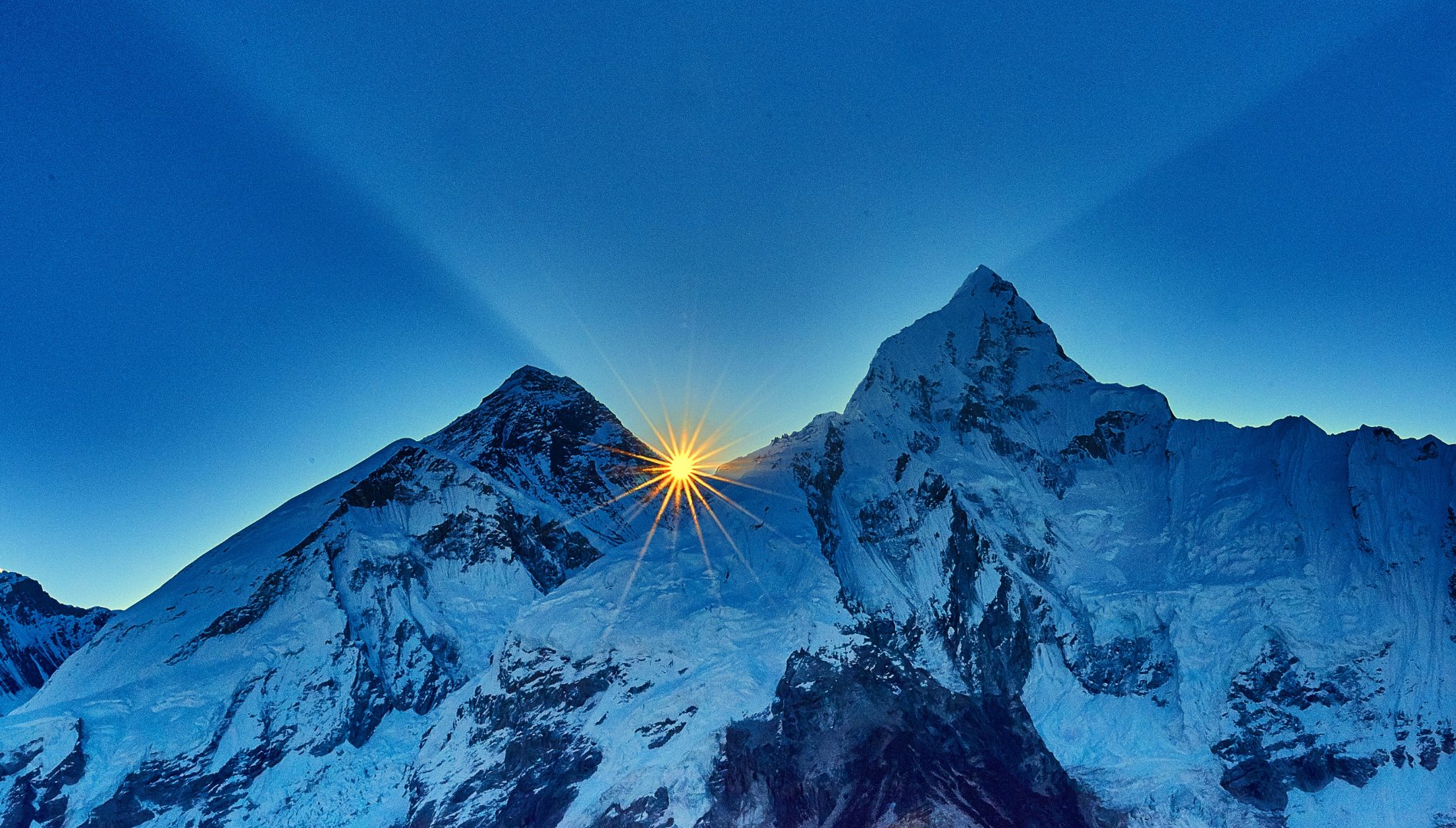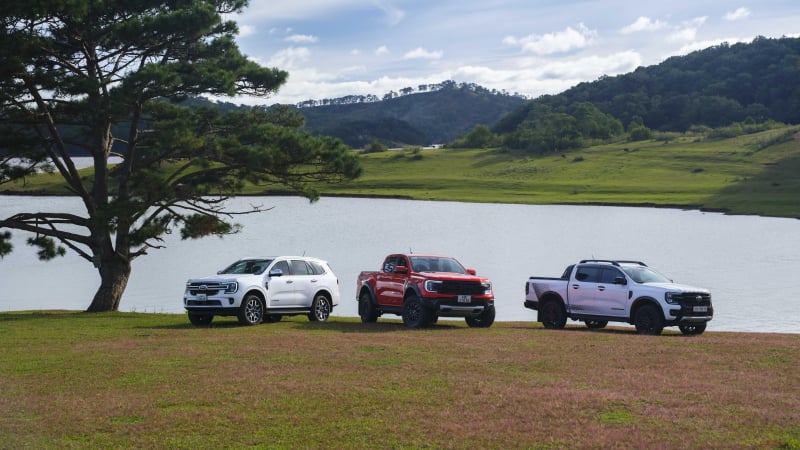Nepal has introduced a new draft law with stricter regulations on granting permits to climb Mount Everest, to prioritize experience and ensure safety for those conquering the "roof of the world".
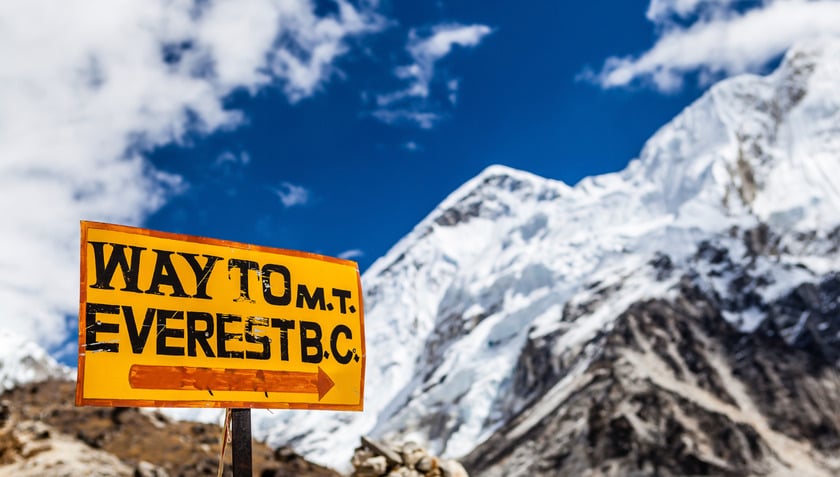
Accordingly, those applying for a permit to climb Everest will have to prove that they have conquered at least one 7,000-meter mountain in Nepal. This is to ensure that climbers have the skills and ability to adapt to harsh conditions at high altitudes. Furthermore, the draft also stipulates that the team leader and accompanying mountain guides must be Nepalese citizens, a move to strengthen the role and responsibility of local teams.

Nepal has just proposed a new law requiring people who want to climb Everest to have conquered at least one 7,000 m high peak in the country, such as Manaslu or Annapurna.
Nepal has faced criticism in the past for granting permits too easily to large numbers of climbers, including inexperienced ones. This has led to dangerous congestion in the “Death Zone” – where natural oxygen levels are insufficient to sustain life. This overcrowding is believed to be one of the main reasons for the high death toll on the mountain.

This is not just an administrative barrier, but a life-saving measure to save a mountain that is increasingly overwhelmed by overcrowding, waste and casualties.
In 2023, Nepal issued 478 permits to climb Everest, resulting in at least 12 deaths and 5 others missing. 2024 also saw 8 deaths. Rescues on Everest are always fraught with unpredictable risks, even under the most favorable conditions.
However, this new regulation is causing fierce debate in the international expedition organization community. Mr. Lukas Furtenbach, founder of Furtenbach Adventures in Austria, a company specializing in organizing Everest climbing trips, said that Nepal should accept experience from any 7,000 meter mountain in the world, not just limited to Nepalese territory.
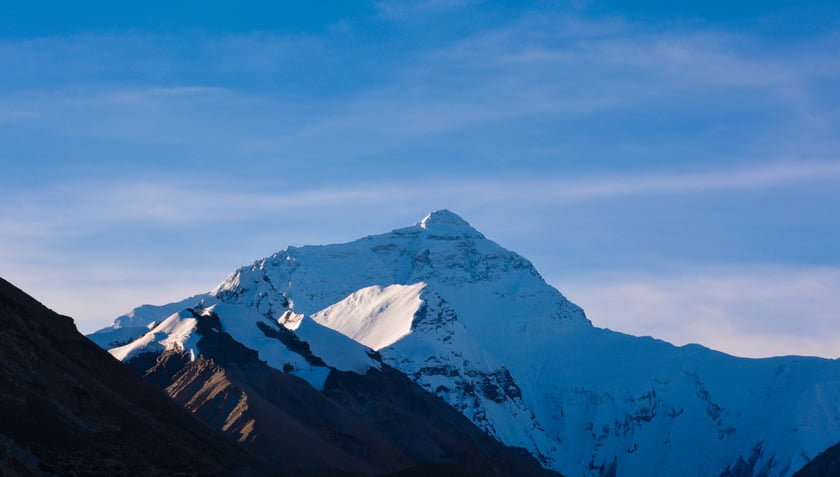
Accordingly, to be licensed, climbers must submit evidence of having successfully climbed a 7,000 m peak in Nepal.
He also suggested that peaks near this threshold, such as Ama Dablam, Aconcagua, and Denali, should also be considered as qualifying experiences. Currently, Nepal has more than 400 peaks open for expeditions, but only 74 are over 7,000 meters high, and according to Tashi Lhakpa Sherpa of 14 Peaks Expedition, a major expedition operator in Nepal, only a few of them are really attractive to climbers.
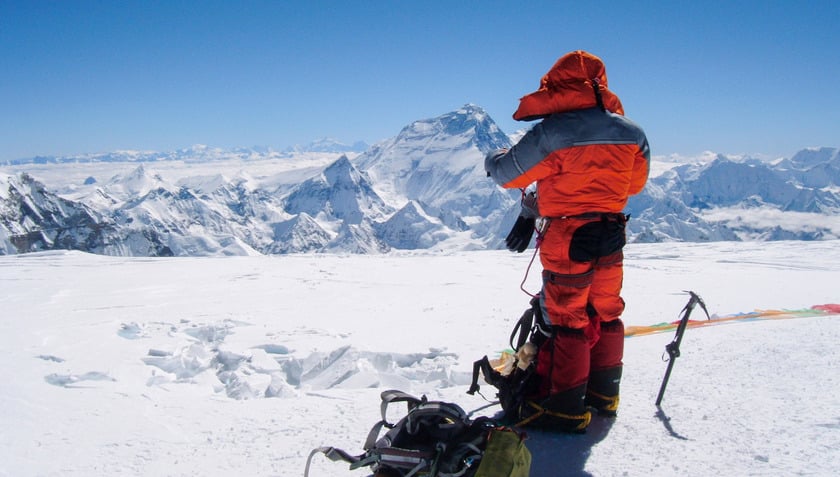
Climbing Everest should not be just a "bullet point" on a dream list, but a journey that needs to be respected, Nikkei Asia writes.
Despite mixed opinions, Nepalese officials have insisted that the new regulations are necessary to ensure the safety of those who conquer the "roof of the world", a place where only the most well-prepared people can face life-or-death challenges.
Nepal also implemented another safety measure in 2024: requiring Everest climbers to use GPS chips. The chips use the global positioning system (GPS), which shares information with satellites, and are expected to significantly reduce search and rescue times in the event of an accident.





